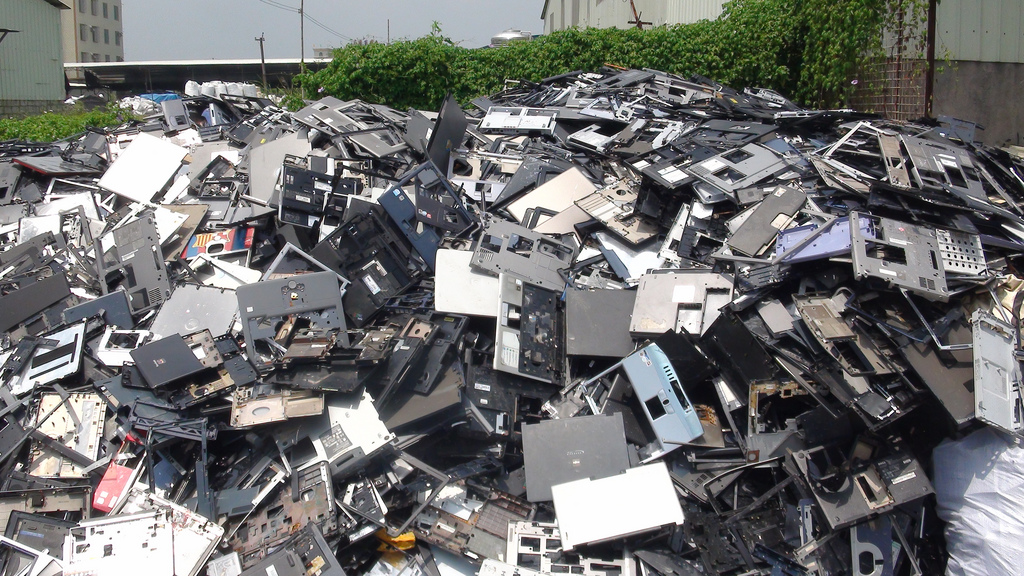 How often have you replaced your smartphone or laptop in the last five years? And what did you do with your old one?
How often have you replaced your smartphone or laptop in the last five years? And what did you do with your old one?
It’s no secret that waste is now a huge global problem, and e-waste—electronic equipment such as phones, televisions and computers that are no longer useful or functional—is a significant contributor.
Unfortunately, most e-waste ends up in landfill, where it can cause serious environmental problems because of containing toxic chemicals such as lead, mercury and arsenic that pollute our soil and water and disrupt our ecosystems and our health.
In Australia in 2009, we generated approximately 140,000 tonnes of e-waste and recycled only 4% of it; globally, we currently produce an alarming 20 million tonnes of e-waste every year, and the average American only keeps their mobile phone for an average of 18 months.
So how can we help unplug the e-waste problem? Here are some simple strategies to avoid generating e-waste, or sending it to landfill:
-
purchase electronic equipment that’s recyclable (check with the manufacturer if you’re unsure), or rent equipment instead of buying it
-
choose biodegradable inks for printers
-
donate or sell any unwanted electrical appliances that still work instead of throwing them away
-
repair electronic equipment that breaks (if possible) instead of replacing it
-
recycle any electronic equipment that’s no longer functional—find a list of e-waste recyclers in your state on the Clean Up Australia website.
And don’t forget that UQ now has an e-waste recycling stream for your old electronic equipment—you can log a request in ARCHIBUS to arrange for your items to be collected. For more information, visit our Recycling and Waste Disposal Guide.



